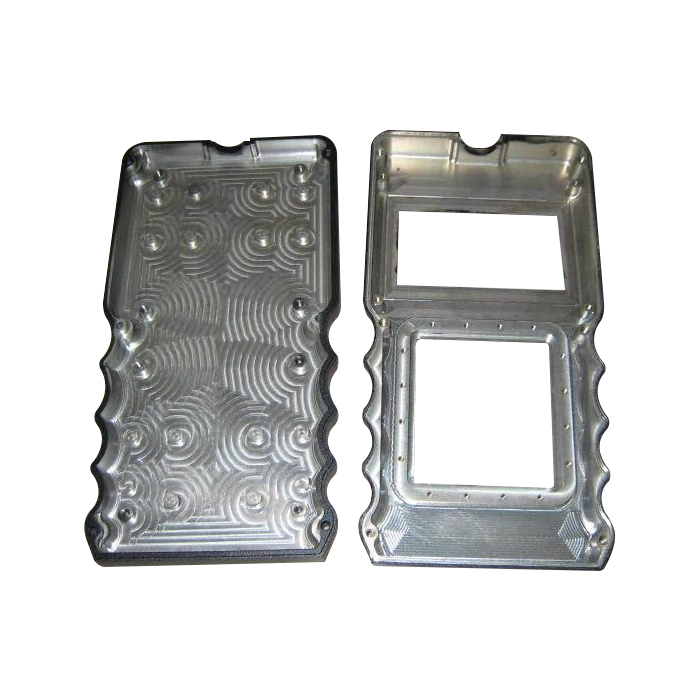CNC machining center processing steps
2023-10-16
CNC machining centers, also known as CNC milling machines or machining centers, are versatile machines used for various precision machining operations. They are capable of automatically executing a series of machining processes based on computer numerical control (CNC) instructions. CNC machining centers can perform milling, drilling, tapping, boring, and other operations on a wide range of materials, including metal, plastic, and wood. Here is an overview of the CNC machining center processing steps:
1. Design and Programming: The first step is to design the part to be machined using computer-aided design (CAD) software. Once the design is complete, the machining process is programmed using computer-aided manufacturing (CAM) software. The CAM software generates the tool paths and instructions that will guide the CNC machine during the machining process.
2. Setup and Material Preparation: The workpiece, typically a block or sheet of material, is secured to the CNC machining center's worktable or vice. Proper alignment and fixturing ensure that the workpiece remains stable and accurately positioned throughout the machining process.
3. Tool Selection and Setup: Based on the programmed instructions, appropriate cutting tools are selected and installed in the machine's tool holders. The tools can vary in size, shape, and cutting characteristics depending on the specific machining operations required.
4. Machine Operation: Once the setup is complete, the machining process begins. The CNC machining center automatically executes the programmed tool paths, controlling the spindle speed, feed rate, and tool movements. The cutting tools remove material from the workpiece to shape it according to the design specifications.
5. Tool Changes and Toolpath Transitions: In complex machining operations, the CNC machining center may require tool changes. This involves the automatic or manual swapping of tools during the process to perform different machining operations. The machine also transitions between different tool paths to achieve the desired geometry and surface finish.
6. Machining Parameters and Monitoring: During the machining process, various parameters such as spindle speed, feed rate, and coolant flow are carefully controlled to ensure optimal cutting conditions and surface quality. Monitoring systems, such as sensors and probes, may be employed to check the dimensions, alignment, or surface quality of the machined features.
7. Finishing Operations: Depending on the desired outcome, finishing operations may be performed, such as deburring, chamfering, or surface smoothing. These operations refine the part's appearance, remove sharp edges, and improve overall quality.
8. Inspection and Quality Control: After machining, the finished part is inspected to ensure it meets the required specifications. This can involve visual inspection, measurements with precision tools, or even advanced inspection techniques like coordinate measuring machines (CMMs).
CNC machining centers offer high precision, efficiency, and repeatability, making them valuable tools in various industries, including automotive, aerospace, electronics, and more. The specific steps and parameters of CNC machining center processing can vary depending on the machine, materials, and desired outcome, but the general principles remain the same.



